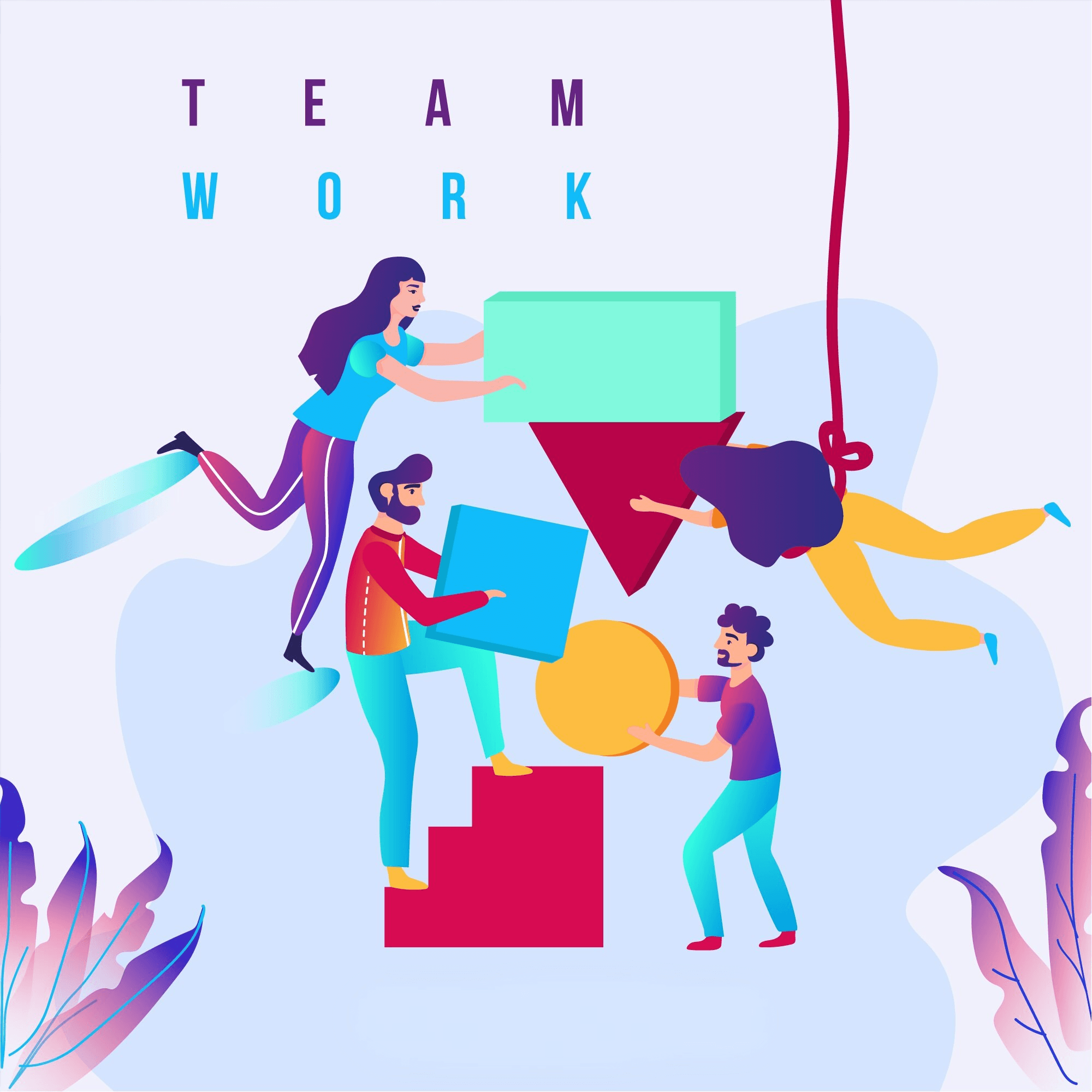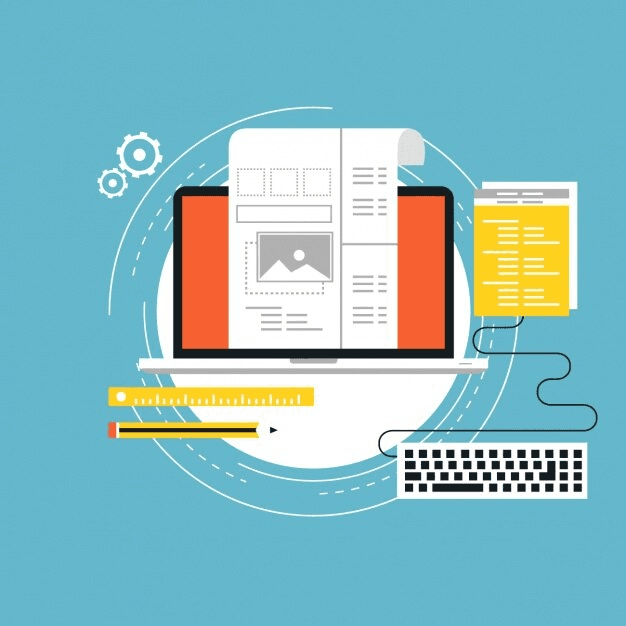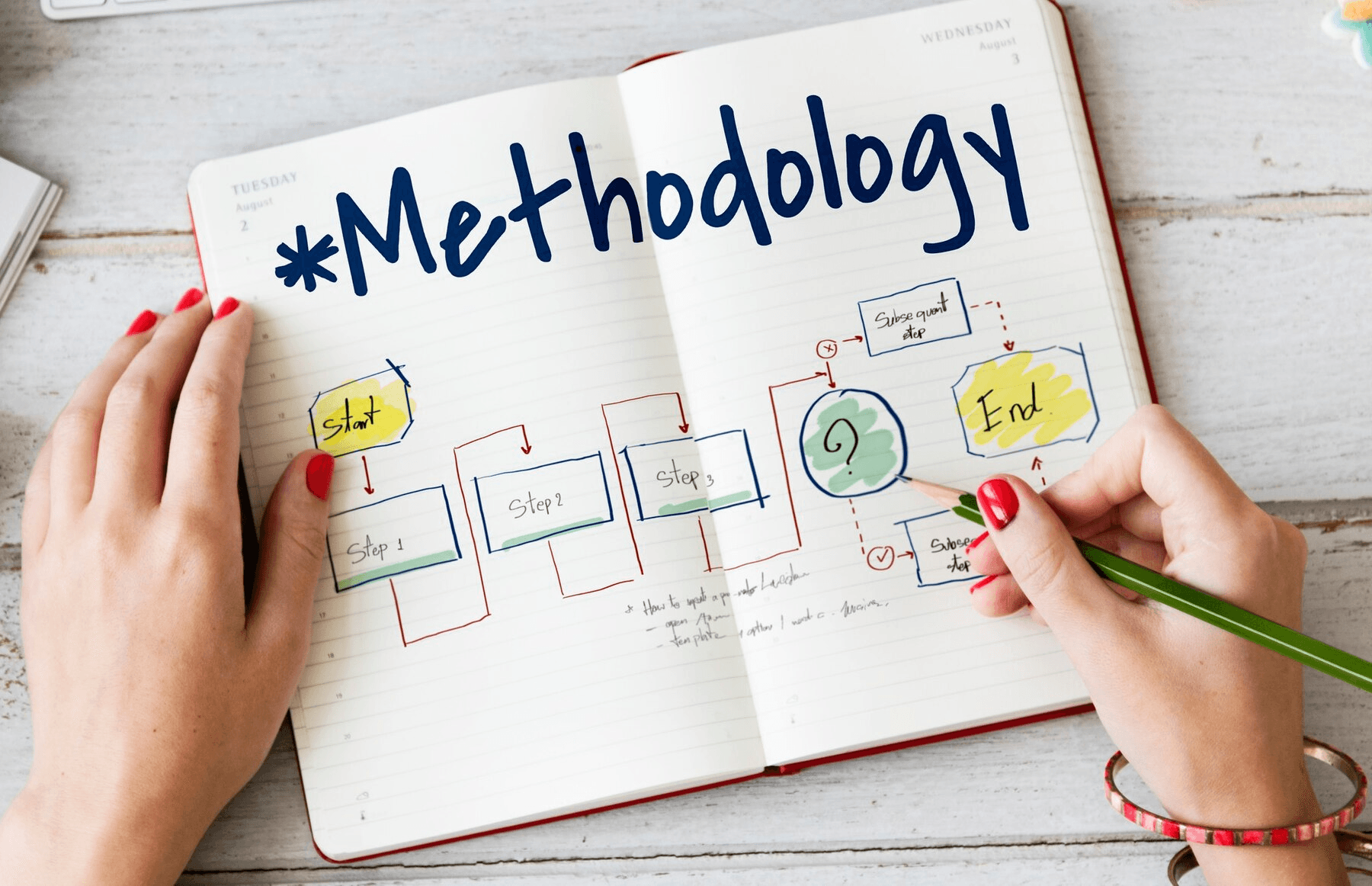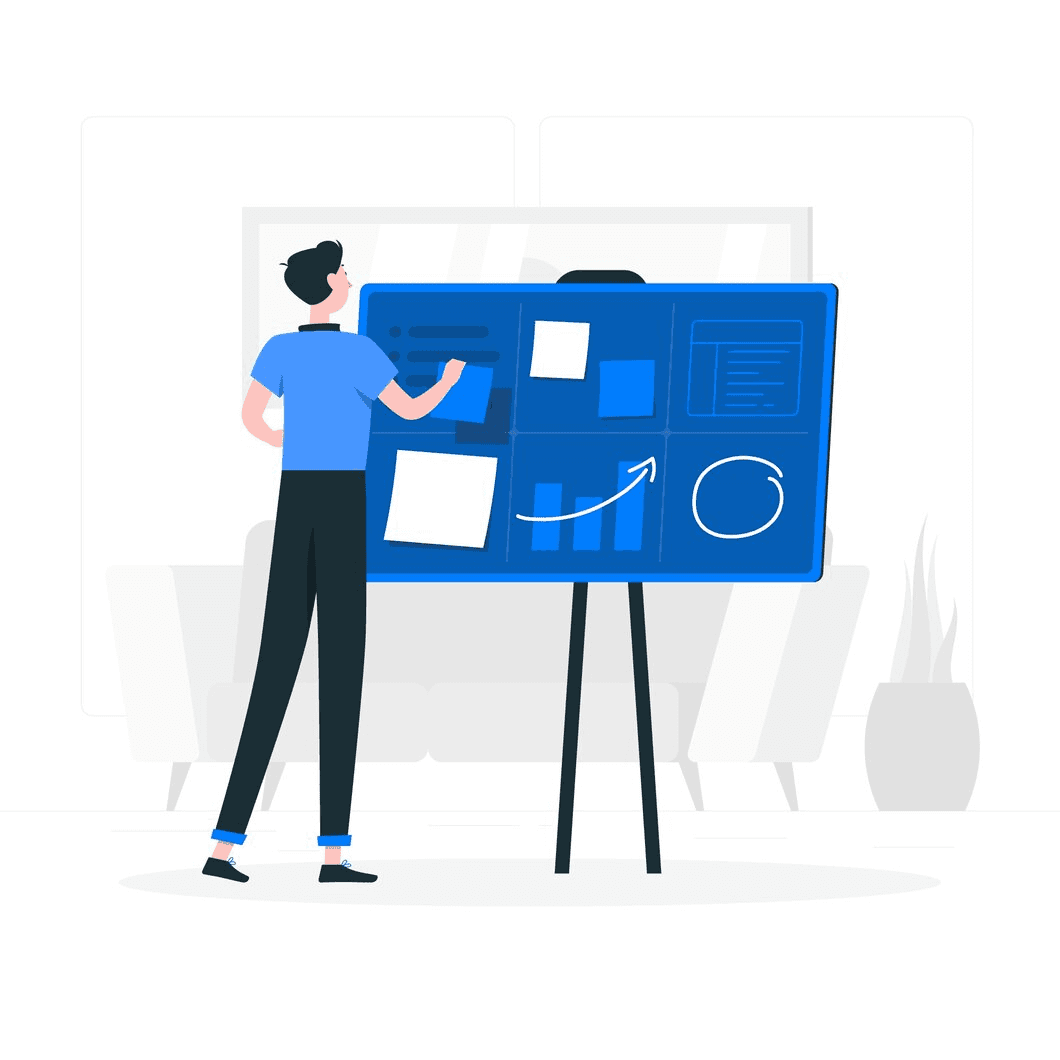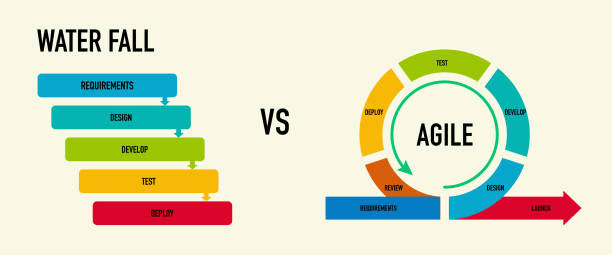Complex project environments often introduce unpredictability and uncertainty. Identifying potential risks becomes crucial as factors such as team dynamics, client expectations, and resource limitations vary.
Freelancers’ availability and differing levels of expertise can create delays, complicating project timelines. A structured approach, including stakeholder input, project scope reviews, and an analysis of internal and external elements, enhances risk identification.
Utilizing tools that provide real-time visibility into project statuses enables teams to detect risk indicators early, facilitating proactive measures before issues escalate.
Strategies for Prioritizing Risks Without Compromising Deliverables
Risk prioritization is about balancing urgency and impact. Every risk needs to be assessed based on its potential to derail critical milestones. The challenge lies in addressing high-risk items without stretching resources too thin.
A risk matrix that scores risks on probability and severity is essential here. Consider which risks could jeopardize your key deliverables. Prioritizing those while delegating less impactful risks ensures the team remains focused on what matters most, avoiding the temptation to firefight every minor issue at the cost of major project goals.
Also read: A Non-Project Manager’s Guide: The Role of a Project Manager in Ensuring Project Success
Integrating Risk Response into Project Planning
Aligning Risk Response with Project Timelines
Proactive risk response planning is inseparable from effective project management. Risks must not be isolated from the project timeline but instead woven into the schedule. Each major milestone should have an associated risk management plan.
Building contingency into your timelines—whether through buffer periods, resource slack, or alternative workflows—ensures that risks don’t blindside the team. For example, delays in design work due to software issues can be offset by parallelizing certain tasks to ensure other elements of the project keep moving.
Using Contingency Planning to Manage Delays
Contingency planning needs to be precise. Simply adding time buffers or padding the budget isn’t enough. Each buffer should be purposeful, based on the risk likelihood and historical data from previous projects.
Specific scenarios must be mapped out, such as potential freelance turnover or unexpected client changes. With a solid contingency plan, you can recover swiftly when issues arise. Contingency planning is not just about delays; it’s about preparing for the disruption of critical pathways, such as approvals and resource shortages, while keeping deliverables on track.
Managing and Monitoring Project Risks
Tracking and Monitoring Evolving Risks
Project risks evolve, especially when dealing with multiple overlapping projects or teams. An effective way to monitor risks is to implement a risk log or a dynamic tracking system that’s continuously updated.
Monitoring isn’t just reactive but should be a daily part of the project management cycle. The project team needs to monitor the triggers identified during risk assessments. By constantly revisiting and updating the status of these triggers, managers can adjust risk response strategies in real-time, reducing impact and improving agility in the face of evolving challenges.
Common Risks in Freelance Projects and Mitigation Strategies
Freelance teams present distinct challenges, particularly the risk of inconsistent availability or communication breakdowns. Without long-term contracts or centralized control, these risks become amplified in critical phases of the project.
To mitigate such risks, it’s vital to create clear contractual terms, specify deliverable timelines, and establish regular check-ins. Transparency regarding expectations and performance metrics is key to ensuring that freelancers align with the project’s needs. Furthermore, having a backup or multi-sourcing freelance support reduces the risk of single-point failure.
Balancing Flexibility and Accountability
Ensuring Flexibility While Meeting Deadlines
Flexibility is a double-edged sword in project management. Too much, and it may cause scope creep or disorganized workflows; too little, and the team may become rigid, unable to adapt to inevitable changes.
Flexibility must be built into the framework—whether through sprint planning, flexible deadlines, or adaptable workflows—while maintaining clear checkpoints for accountability. If managed correctly, flexibility can enable faster adaptation to new client demands, team changes, or unexpected delays, without derailing the entire project.
Managing Accountability and Transparency in Freelance Teams
Accountability is particularly crucial when managing freelance teams. Unlike in-house teams, freelancers may work on several projects concurrently, which can dilute their focus. To maintain accountability, establish clear performance expectations from the beginning and provide consistent feedback.
Use transparent project management systems where tasks, deadlines, and responsibilities are visible to all stakeholders. Transparency fosters trust and reduces the chances of blame-shifting when risks arise. Accountability is driven by setting expectations and ensuring that all freelancers understand their individual and collective roles in managing project risks.
Also read: The Impact of Team Dynamics on Goal Achievement
Overcoming Challenges in Freelance Risk Management
Dealing with Inconsistent Freelance Availability
Inconsistent availability is one of the most common freelance risks. To mitigate this, project managers should maintain a flexible resource pool. Backup freelancers should be on standby, ready to take over if a primary freelancer becomes unavailable.
Additionally, staggered deadlines or overlapping resource timelines can help avoid last-minute panics due to unexpected absences. Establishing clear communication protocols ensures that availability issues are flagged early, allowing the project manager to reassign tasks or adjust timelines before they cause delays.
Assessing Risk Management with KPIs and Metrics
Risk management can’t be considered successful without measurement. Key Performance Indicators (KPIs) such as the frequency of risk incidents, the impact of those incidents on timelines or budget, and the efficiency of risk mitigation efforts are essential.
Use these KPIs to evaluate how well risks are being managed. Regular reviews of these metrics will not only highlight areas of improvement but also provide insights into future risk planning. Metrics should also cover freelancer-specific risks, tracking issues like turnaround times and the impact of resource gaps.
Leveraging Proactive Risk Management for Success
Case Study: Turning Risks into Project Success
Proactive risk management often turns a potential disaster into an unexpected success. One case example could involve a project that faced a major freelancer drop out midway through, risking a missed deadline. Instead of reacting to the problem after it occurred, the project manager had planned contingencies with alternate freelancers on standby.
This proactive approach allowed the team to continue work uninterrupted, delivering the project on time and under budget. Such examples demonstrate how proactive measures ensure that risks are navigated smoothly, and opportunities for success remain intact.
Communicating Risks to Clients Effectively
Clients expect transparency, particularly when their deliverables or timelines are at risk. Effective communication strategies include clear, consistent reporting on potential risks as they arise, coupled with proactive solutions.
Rather than waiting for risks to affect progress, project managers should bring these concerns to the table early. Positioning this communication as part of a solution-oriented approach maintains client confidence, while also keeping the project on track. This level of transparency helps avoid surprises and sets a foundation for stronger client relationships.
Enhancing Team Involvement in Risk Management
Encouraging Team Participation in Risk Mitigation
Successful risk management involves the entire team, not just the project manager. Freelancers and team members are often closest to the work and can spot potential risks early. By encouraging open channels for team members to report concerns and offer solutions, project managers can foster a culture of shared responsibility.
Regular team meetings where risks are openly discussed not only democratize risk management but also lead to more innovative mitigation strategies. The team’s active role in managing risks enhances overall project resilience.
Managing Scope Creep and Client Expectations
Scope creep is one of the most insidious risks in project management. It usually starts small—an extra feature here, a slight tweak there—before spiraling out of control. The solution lies in setting clear project boundaries and using strict change request protocols.
Each requested change must be evaluated against its potential risks to timelines, budget, and resource allocation. Regular communication with the client ensures they understand that additional requests may carry additional risks. This clarity helps avoid misalignment between project expectations and deliverables.
Managing Financial and Project Scope Risks
Handling Financial Constraints and Scope Adjustments
Managing financial risks requires a delicate balance. When budgets are tight, every decision must be carefully weighed against its potential financial impact. Scope adjustments can either reduce or exacerbate financial strain depending on how they are managed.
Frequent cost assessments should be performed, ensuring that any scope changes are adequately accounted for in the project budget. Working closely with finance teams or stakeholders ensures that risks tied to budgetary constraints do not disrupt the project’s core objectives.
Reporting and Communicating Risks to Clients
When reporting risks to clients, clarity and confidence are key. Rather than downplaying risks or waiting for problems to surface, project managers should approach clients early, detailing potential risks and the steps being taken to mitigate them. This strategy demonstrates control and foresight, building client trust.
Effective risk reporting highlights potential impacts on scope, timelines, and budgets, with recommendations for how to adjust the project to accommodate these risks. This proactive approach helps to maintain smooth client relations even when projects face significant challenges.
Driving Innovation and Risk Adaptability
Balancing Innovation with Risk in Project Execution
Innovation in project management often involves new tools, methodologies, or workflows, all of which carry inherent risks. Managing these risks without stifling creativity requires a structured yet flexible approach. Establish checkpoints where risks can be assessed as the team experiments with new methods.
Additionally, setting up clear fallback plans allows teams to pivot quickly if innovations introduce unforeseen challenges. The goal is to encourage innovation while safeguarding the project’s deliverables, ensuring that risks associated with experimentation don’t derail progress.
Adjusting Risk Management for Quick Turnaround Projects
When projects demand quick turnarounds, time for extensive risk management can be limited. In these scenarios, project managers must rely on agile risk management practices—short feedback loops, rapid decision-making, and prioritization of critical risks.
Quick turnarounds benefit from an adaptive approach where minor risks are accepted, while attention remains focused on avoiding any disruptions that could derail delivery. Tight timelines require the project manager to strike a balance between agility and control, making risk management a fluid, real-time practice.
Ensuring Team Adaptability to Unexpected Risks
Maintaining team adaptability to unexpected risks is critical in dynamic project environments. Teams must remain flexible and resilient, which requires clear protocols for risk identification and mitigation.
Encouraging continuous learning, open communication, and collaboration within the team ensures that individuals are equipped to handle new challenges. Regularly revisiting risk management plans and empowering team members to voice concerns fosters an environment where unforeseen risks are met with quick, decisive action.
Maintaining Quality Across Multiple Freelance Teams
When managing multiple freelance teams, maintaining consistent quality across deliverables is paramount. Freelancers often work independently and may approach tasks differently, which can lead to discrepancies in quality.
To mitigate this risk, establish clear guidelines, consistent review processes, and shared tools that all freelancers must use. Ensuring that each team adheres to a unified standard helps prevent quality variations. Regular feedback and iterative quality checks ensure that standards are maintained across all phases of the project.
Documenting Risk Management Processes for Future Projects
Proper documentation of risk management activities is crucial for refining processes in future projects. Maintaining a risk register or log that records each identified risk, the mitigation actions taken, and the outcomes provide a wealth of data for future risk management planning.
This documentation enables the team to learn from past mistakes, repeat successful strategies, and adjust workflows accordingly. Regularly reviewing these records with the team ensures that the learnings are integrated into new project workflows, reducing the likelihood of recurring risks.
Managing Scope Creep Through Risk-Adjusted Processes
Scope creep remains one of the most common risks in project management, especially when working with clients who constantly refine their requirements. To manage this effectively, risk-adjusted processes must be implemented at every project stage.
This involves ensuring that any requested changes undergo risk analysis, clearly communicating the implications to stakeholders, and negotiating timelines or budgets where necessary. By involving the team in scope-related discussions, risks tied to evolving requirements can be effectively managed without derailing the project timeline.
Mitigating Financial Risks in Projects with Constrained Budgets
When dealing with constrained budgets, managing financial risks becomes an essential task. This starts with a robust financial plan that includes a contingency budget to cover unexpected costs.
Tracking actual expenditures against the budget in real-time helps prevent overspending. Additionally, negotiating payment terms with clients and freelancers ensures financial flexibility throughout the project. Mitigating financial risks requires careful scope management, avoiding unnecessary scope creep, and maintaining close communication with all financial stakeholders to avoid cost overruns.
Communicating Risks to Clients While Maintaining Trust
Open and transparent communication with clients about risks is essential for maintaining trust, even in challenging situations. Communicating risks early allows for collaborative problem-solving and ensures that clients are prepared for potential delays or changes in scope.
Rather than focusing on the risks alone, project managers should emphasize the actions being taken to mitigate these issues. Regular risk updates keep the client informed and reduce the chances of surprise issues, ensuring a productive and trust-filled relationship.
Fostering a Culture of Innovation and Risk Management
Balancing innovation with risk management is a key challenge for project managers, particularly when experimenting with new methodologies or tools. Fostering a culture where risk-taking is encouraged, yet managed, helps teams drive innovation without compromising project stability.
This involves setting clear boundaries for experimentation, using pilots or test phases to minimize large-scale disruptions, and maintaining fallback strategies. By incorporating risk assessments into innovation efforts, teams can push boundaries while keeping projects on course.
Implementing Agile Risk Management for Fast-Paced Projects
In projects with quick turnarounds, agile risk management is critical. Agile practices, such as regular sprints and iterative reviews, allow teams to address risks in real-time. Continuous feedback loops ensure that risks are identified and mitigated quickly before they escalate.
Agile risk management also promotes adaptability, allowing teams to pivot in response to emerging risks without sacrificing the project’s momentum. By focusing on high-priority risks and leveraging short cycles, teams can deliver on tight timelines with minimized risk exposure.
Ensuring Risk Documentation and Archiving for Future Reference
Proper risk documentation provides valuable insights that can be applied to future projects. This involves not only logging risks but also analyzing their impact, mitigation strategies, and outcomes. Regularly updating a risk management database enables project managers to refine their processes and avoid repeat mistakes.
Archiving these records for reference creates a comprehensive knowledge base, making it easier to predict and manage similar risks in future projects. This practice builds organizational resilience and improves the team’s risk management capabilities over time.
Also read: Understanding Client Management In Work Environments
Conclusion: Proactive Risk Management as a Pillar of Project Success
Proactive risk management stands as a cornerstone of successful project execution. By identifying, prioritizing, and mitigating risks early, project managers keep their teams focused, sustain client trust, and ensure timely project delivery, even amid uncertainties.
Balancing flexibility with accountability, effectively managing freelance dynamics, and fostering open communication with stakeholders are essential elements of a robust risk management strategy. Proper risk management not only prevents failures but also cultivates opportunities for success, enabling teams to navigate challenges with confidence and agility.
For just $1 per user, Pinrom provides an affordable solution for mastering project risks efficiently.

